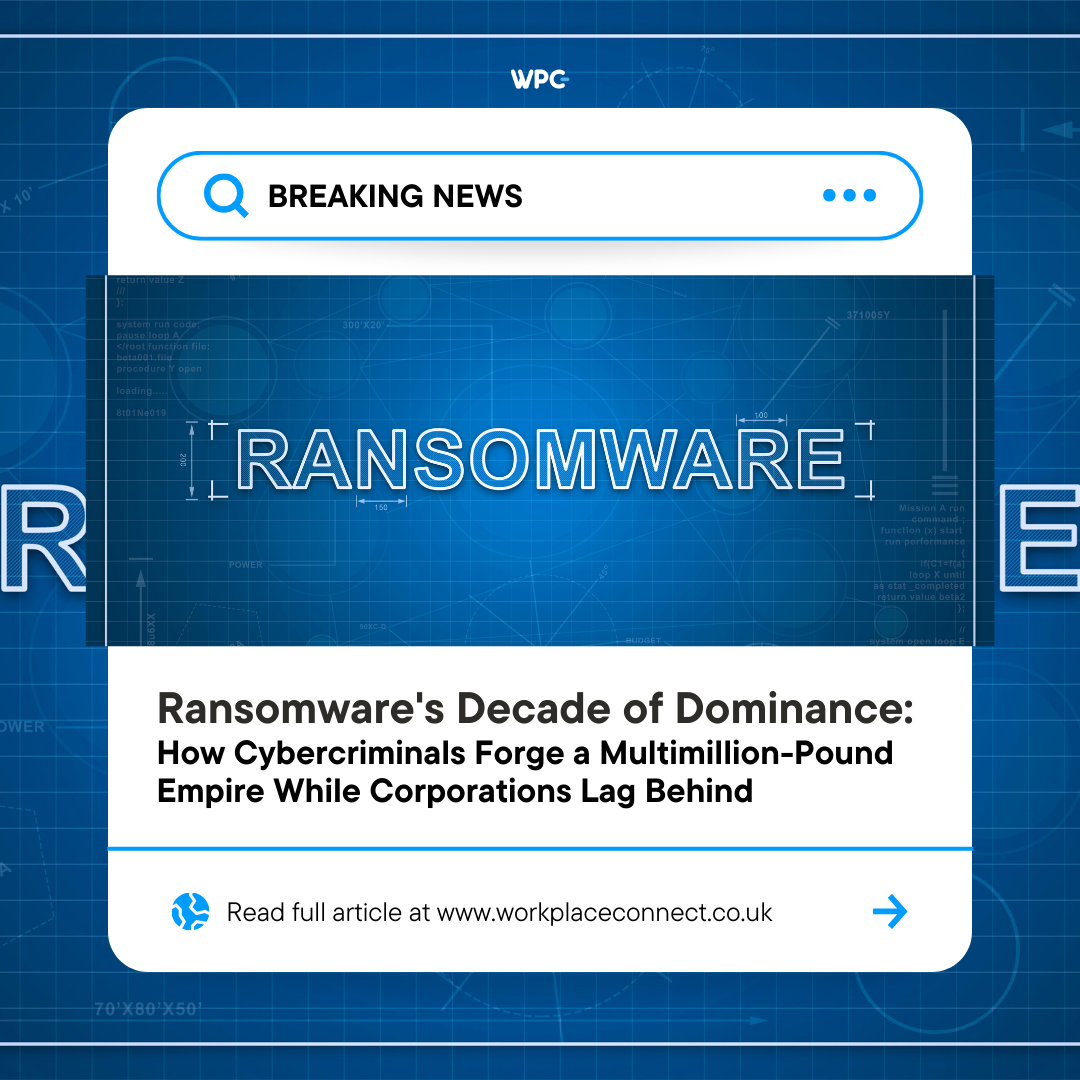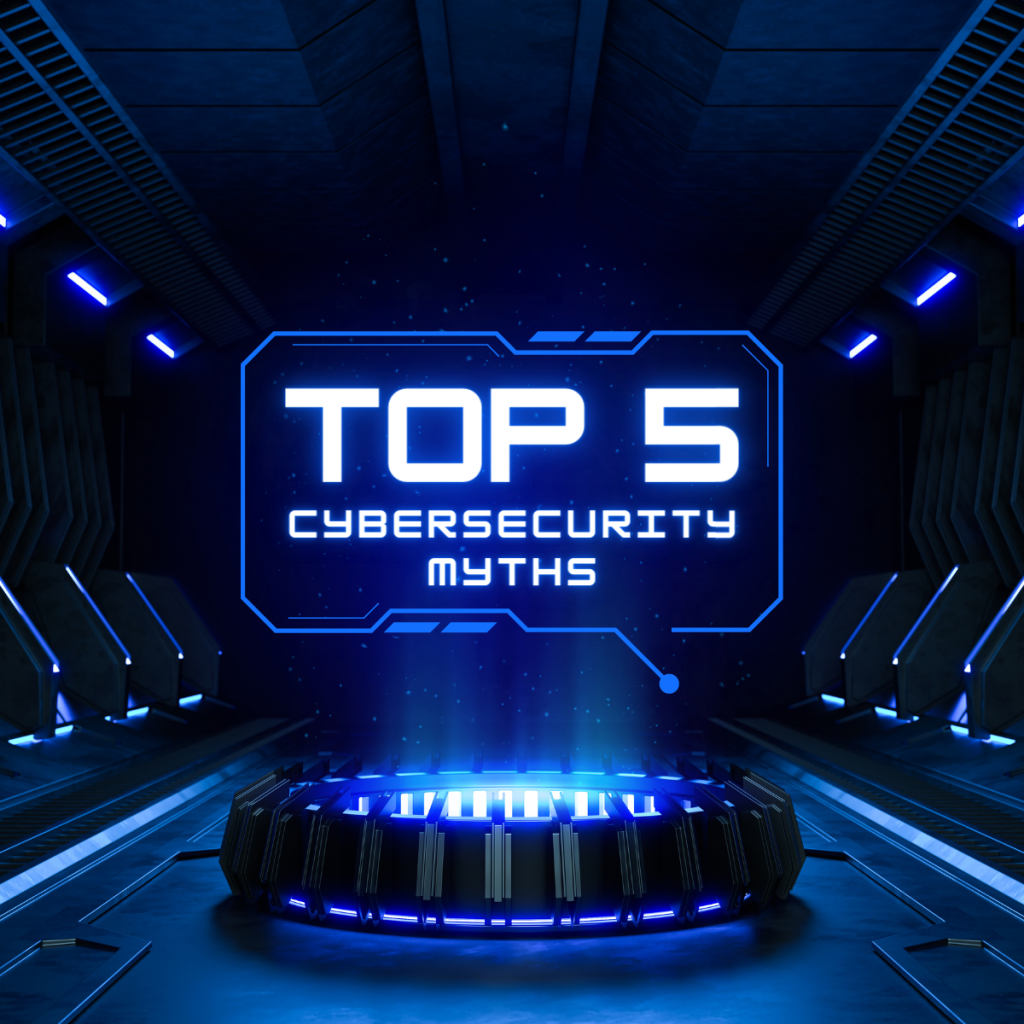While corporations have lagged behind in developing specialised areas, multibillion-dollar cybercriminals have done so.
According to a UK study, the ransomware market has developed into an intricate supply chain that frequently defies Western governments and puts vulnerable enterprises at a disadvantage.
A decade after the first widespread ransomware assault, known as Cryptolocker, the sector has benefited from the lack of adequate online protection implemented by companies. This has made it possible for thieves to trade vulnerabilities or software flaws, establish franchises with less experienced newcomers, and build up markets to exchange access to affected businesses.
It has become increasingly obvious that prosecutors in Russia, Belarus, and a few other nations that were a part of the former Soviet Union have little desire to crack down on this lucrative crime, according to the assessment from the National Cyber Security Centre, which is part of GCHQ, and the National Crime Agency. Operators of ransomware have also been found in West Africa, India, and Southeast Asia.
James Babbage, director of general threats at the NCA, stated in the study that “traditional criminal justice outcomes are difficult to achieve against actors based in uncooperative jurisdictions.”
Instead, the US, UK, and other allies have been forced to rely on technological means to bring down some of the most prolific criminals. Recent operations to bring down the Qakbot network, which infected hundreds of millions of computers with malware, and sanctions against the makers of another network called Trickbot are just two examples.
Chester Wisniewski, a field chief technology officer at Sophos, said that ransomware has established itself as a tried-and-true technique for extorting money from victims over the years. “Ransomware is now a common component of the criminal threats we encounter,”
Businesses could have avoided many of the hazards by practising better “cyber hygiene,” according to the assessment released on Monday. The industry standard for multi-factor authentication is frequently ignored by businesses, and others use weak passwords or don’t keep all the computers on their network up to date.
The analysis released on Monday stated that “implementing such measures would interrupt the majority of ransomware attacks.”
The cryptocurrency wallets that criminals use to store the passwords needed to decode the data on their victims’ computers have occasionally been taken by US police.
The hacker collective CL0P has recently targeted numerous Western businesses that use Progress Software’s MOVEit software, which is produced in the US. Businesses and institutions like the BBC, British Airways, Boots, and several American state government driving licence databases employed the software, which was meant to keep sensitive data private.
Now, CL0P openly bargains with its victims on its dark website and humiliates those who don’t pay by publishing hundreds of terabytes of payroll data, industrial designs, internal emails, and documents. The majority of payments are made covertly and in the nearly untraceable cryptocurrency.
Various estimates show that the sector has grown into a multibillion-dollar enterprise. According to estimates from the UK government, one gang, Conti, earned more than $180 million in 2021, with at least £10 million coming from UK companies.
The most well-known example of the effect of ransomware on a business was the attack on the Colonial Pipeline in the US in May 2021, which caused oil prices to fluctuate and lasted weeks. However, hundreds of businesses are attacked every day, almost all of them in the West.
The UK-based cyber security company Sophos discovered that while detection by authorities has improved, fraudsters continue to outperform governments as well as companies in efficiency and speed. According to the most recent statistics, thieves may steal data in less than a day, while it takes authorities five days on average to discover their malicious activity on a network, down from eight in 2022.
According to Wisniewski of Sophos, “What we’ve seen over the past three years is an increasing mechanisation and professionalisation among the criminals.” In just five days, he continued, “Ransomware criminals are not only dealing the death blow; they’re going for the jugular.”







